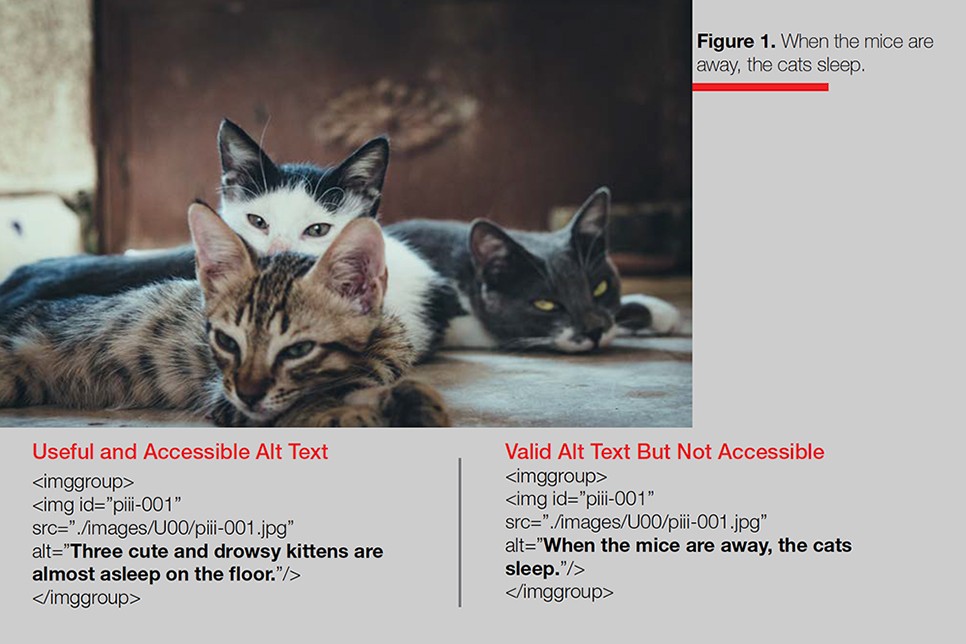
Recently we teamed up with Publishing Executive magazine to host an informative and enlightening webinar entitled “How Artificial Intelligence and Natural Language Processing Can Increase the Speed and Quality of Publishing”, which explored current use cases and future applications of AI and NLP.

For quite a few years, artificial intelligence seemed like just another buzzy term with vague implications on the publishing industry. But now, publishers are putting it into action. Through a range of applications, AI and natural language processing are being used by publishers to streamline workflows, produce higher-quality content, and improve the author experience.

You may have heard how artificial intelligence (AI) is being deployed within the information industry to combat fake news, detect plagiarism, and even recommend content to users. Until now however, AI has had minimal impact on the content creation and editorial functions of the publishing ecosystem.

Accessibility is an approach to publishing and design that makes content available to all, including those with disabilities who use assistive technologies on the computer. The aim of accessible publishing is to make reading easier for users who have difficulties or disabilities including the blind, partially sighted, and people with learning disabilities.

The terms “access” and “scholarly journals” are often linked to Open Access publishing. Less often discussed—but still very important—are issues and challenges of making journal content accessible to the visually, cognitively, or otherwise impaired.






